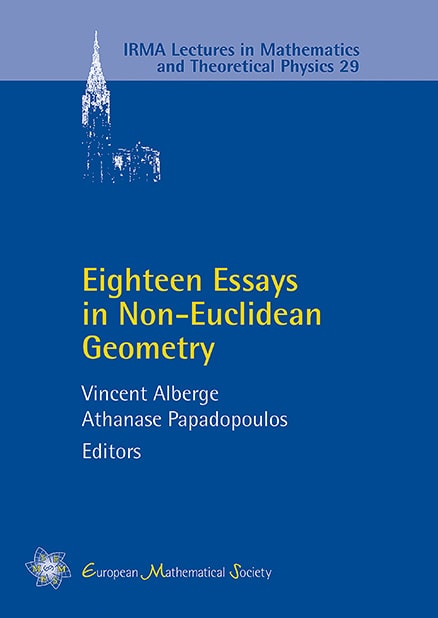Area in non-Euclidean geometry
Norbert A’Campo
Universität Basel, SwitzerlandAthanase Papadopoulos
Université de Strasbourg, France

A subscription is required to access this book chapter.
Abstract
We start by recalling the proof of the classical theorem of Girard on the area of a spherical triangle in terms of its angle sum, and its analogue in hyperbolic geometry. We then use a formula of Euler for the area of a spherical triangle in terms of side lengths and its analogue in hyperbolic geometry in order to give an equality for the distance between the midpoints of two sides of a spherical (respectively hyperbolic) triangle, in terms of the third side. These equalities give quantitative versions of the positivity (respectively negativity) of the curvature in the sense of Busemann. At the same time, we present several other results related to area in non-Euclidean geometry together with historical comments. The scope of the ideas that we survey in this short paper, ranging from Menelaus of Alexandria (1st-2nd century A.D.) to William Thurston, mentioning in-between works of Albert Girard (17th c.), Euler, Lambert, Lagrange, Lobachevsky, Busemann and others, gives an idea of the richness of the notion of area in non-Euclidean geometry.